The future of cities is not defined by what happens decades from now—it’s shaped by the decisions made today. As urban populations surge and infrastructure faces unprecedented demand, forward-thinking cities are stepping up not by waiting for change, but by actively creating it. They recognize that resilience, efficiency, and livability come not from massive overhauls overnight, but from smart, incremental improvements that add up to transformative results.
Among the most overlooked yet impactful of these decisions lies in rethinking something as routine as parking. As mundane as it may seem, parking is a microcosm of larger urban challenges—space optimization, traffic flow, carbon emissions, public safety, and citizen satisfaction. Smart parking, powered by real-time data and digital infrastructure, exemplifies how small, smart innovations can unlock big urban potential.
The Smart City Mindset
Great cities are not built on grand visions alone; they are shaped by actionable strategies. The “smart city” concept, once a futuristic ideal, is now a necessity. At its core, it means using technology and data to improve how cities function—from transportation and energy to public services and infrastructure.
But true progress lies in integration and intelligence, not just digitization. It’s not enough to have more tech; cities must make smarter decisions about how and where to apply it. Parking is one such strategic touchpoint—deeply connected to urban mobility, environmental sustainability, and economic efficiency.
The Problem with Business-as-Usual Parking
Traditional parking systems are reactive and inefficient. In many urban areas, a lack of visibility into parking availability causes drivers to circle blocks for long minutes, contributing to congestion, emissions, and lost productivity. Payment systems remain outdated, relying on cash, paper tickets, or manual enforcement.
Poorly utilized parking infrastructure also results in revenue leakage, underused spaces, and operational overhead. It burdens both city planners and private operators with inefficiencies that no longer make sense in the age of digital transformation.
Waiting to overhaul such systems may seem harmless—but in doing so, cities lose more than just revenue. They lose public trust, environmental momentum, and the opportunity to lead in an increasingly competitive global landscape.
Smart Parking as a Strategic Decision
Forward-thinking cities understand that smart parking is not just about finding a place to park—it’s about shaping the flow of the city. When supported by data, sensors, AI, and digital payments, parking becomes a dynamic service, not a static asset.
Here’s how:
-
Real-Time Availability: IoT sensors and AI-powered systems provide live updates on available parking spots, guiding drivers to them in seconds. This reduces traffic congestion and saves fuel.
-
Automated Payments: Contactless payments and mobile apps streamline the parking process, reducing wait times and eliminating cash handling.
-
Dynamic Pricing: AI models can adjust parking fees based on demand, location, and time, ensuring fair access while maximizing revenue.
-
Data-Driven Insights: Operators and city planners gain visibility into usage patterns, helping them make smarter infrastructure and zoning decisions.
Each of these improvements may seem incremental—but together, they represent a strategic leap forward for urban efficiency.
Building for the People, Not Just the Plan
Smart city development is not only about infrastructure—it’s about people. Citizens want less traffic, cleaner air, safer streets, and better quality of life. Smart decisions in mobility, including parking, directly serve these goals.
By minimizing idle time, lowering emissions, and enhancing the ease of movement, smart parking becomes an enabler of urban well-being. It supports commerce by improving access to business areas. It boosts safety by eliminating random or illegal parking that blocks roads or sidewalks. And it creates a sense of trust when people see their city solving real problems in real time.
Smart infrastructure respects the time, needs, and expectations of the people it serves.
The Cost of Inaction
It’s easy to postpone innovation, to assume that “it’s not the right time” or “the old system still works.” But doing nothing has a cost—both visible and hidden. It costs time, as drivers sit in traffic. It costs money, as inefficient systems bleed revenue. It costs the environment, as unnecessary emissions continue. And it costs cities their momentum and competitiveness.
Global urban centers that once lagged behind are now overtaking their peers through smart infrastructure decisions. From Singapore to Helsinki, city leaders are proving that building for the future starts with acting in the present.
Conclusion: Today’s Smart Decisions Shape Tomorrow’s Cities
Building a great city doesn’t require waiting for a grand transformation. It requires recognizing the small, often invisible systems—like parking—that, when optimized, unlock significant progress.
Cities that embrace digital infrastructure, real-time data, and automation are not merely upgrading systems. They are laying the foundation for future-ready urban living—reducing congestion, improving sustainability, and enhancing public experience.
The future is not something to be anticipated. It is something to be created—step by step, space by space, decision by decision.
Great cities don’t wait. They act now.
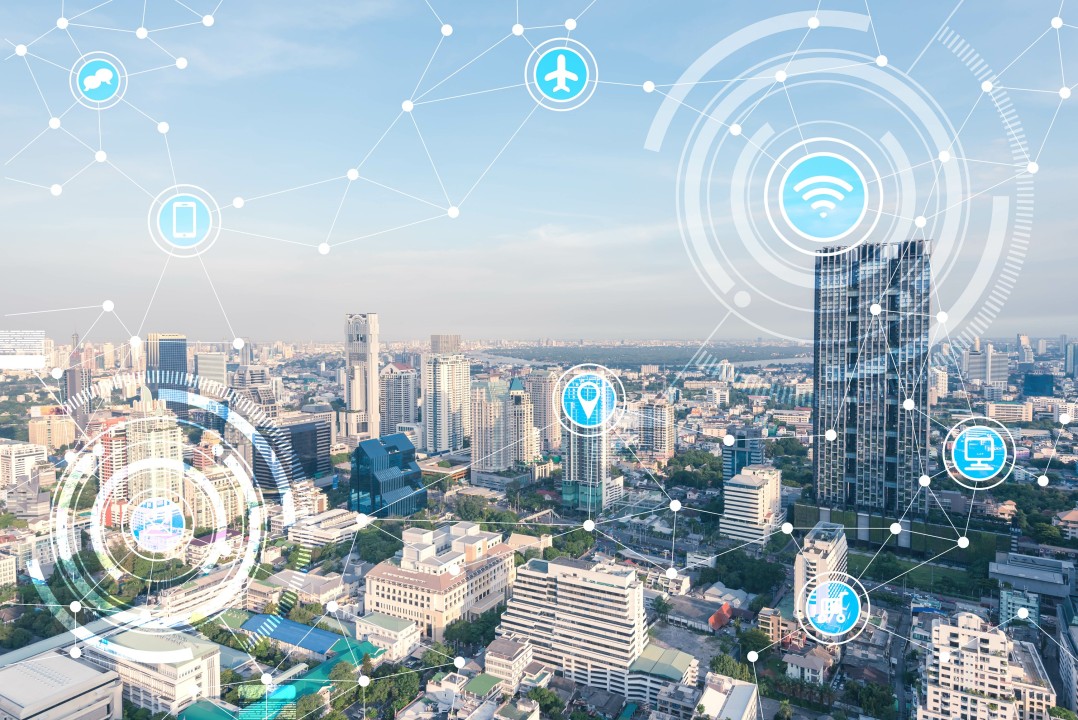



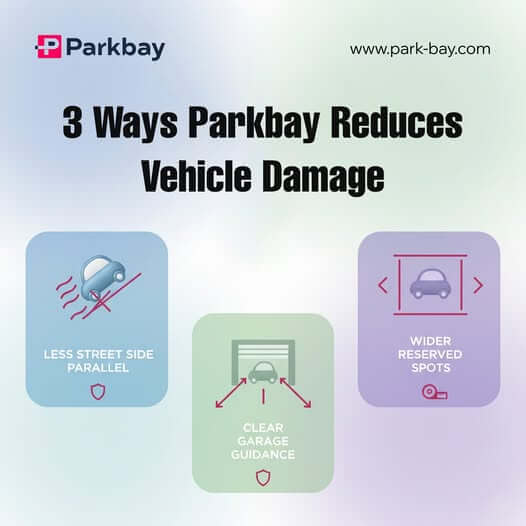
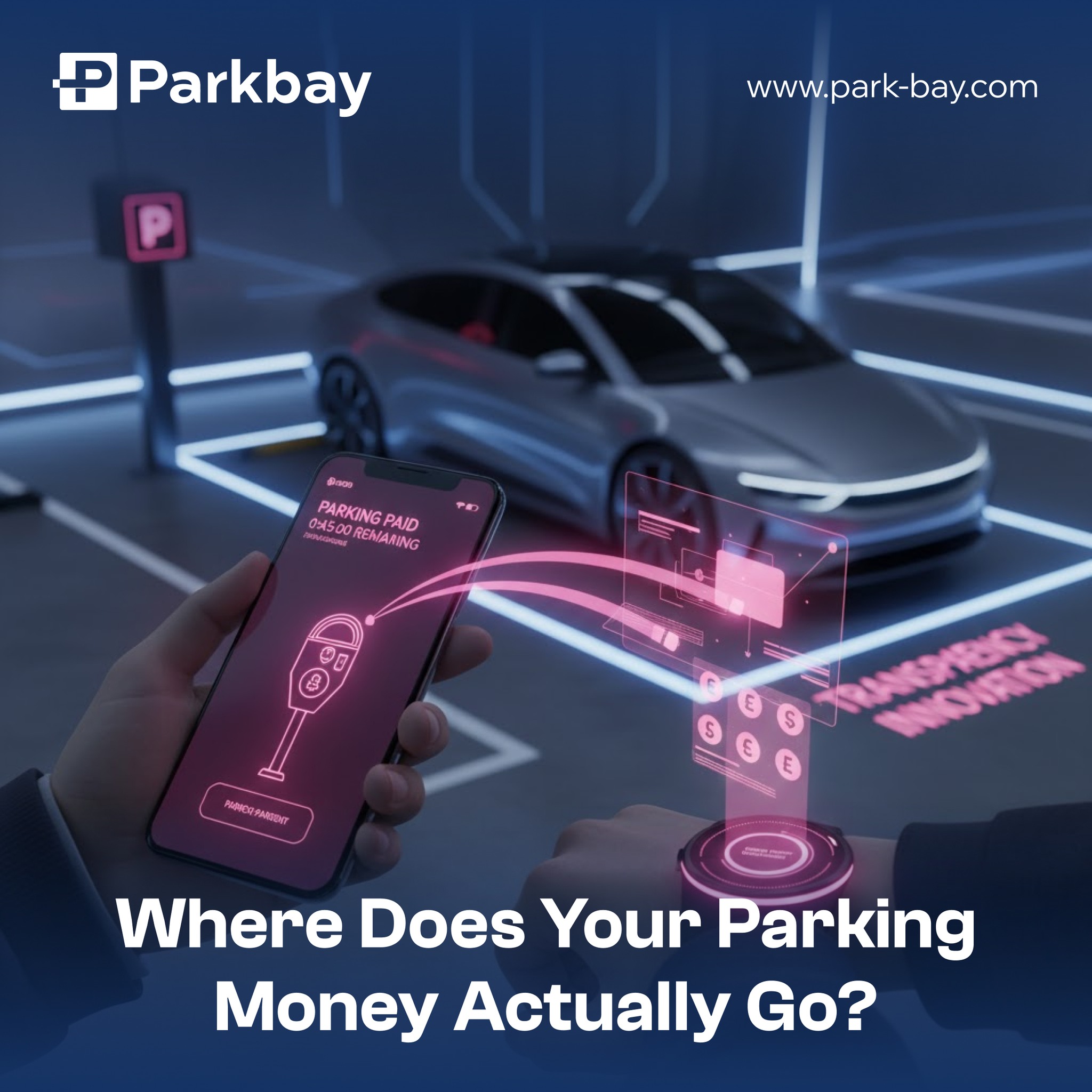
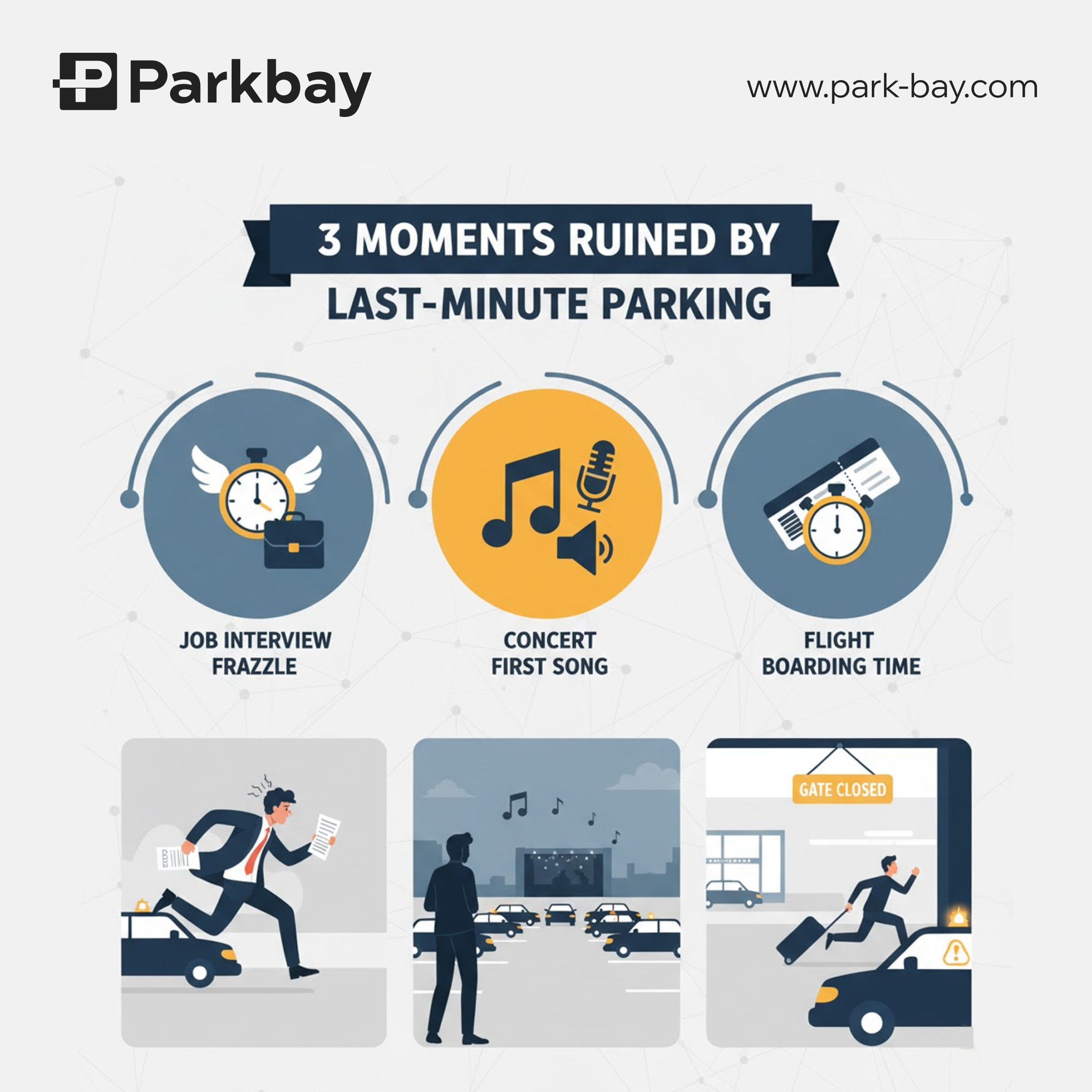
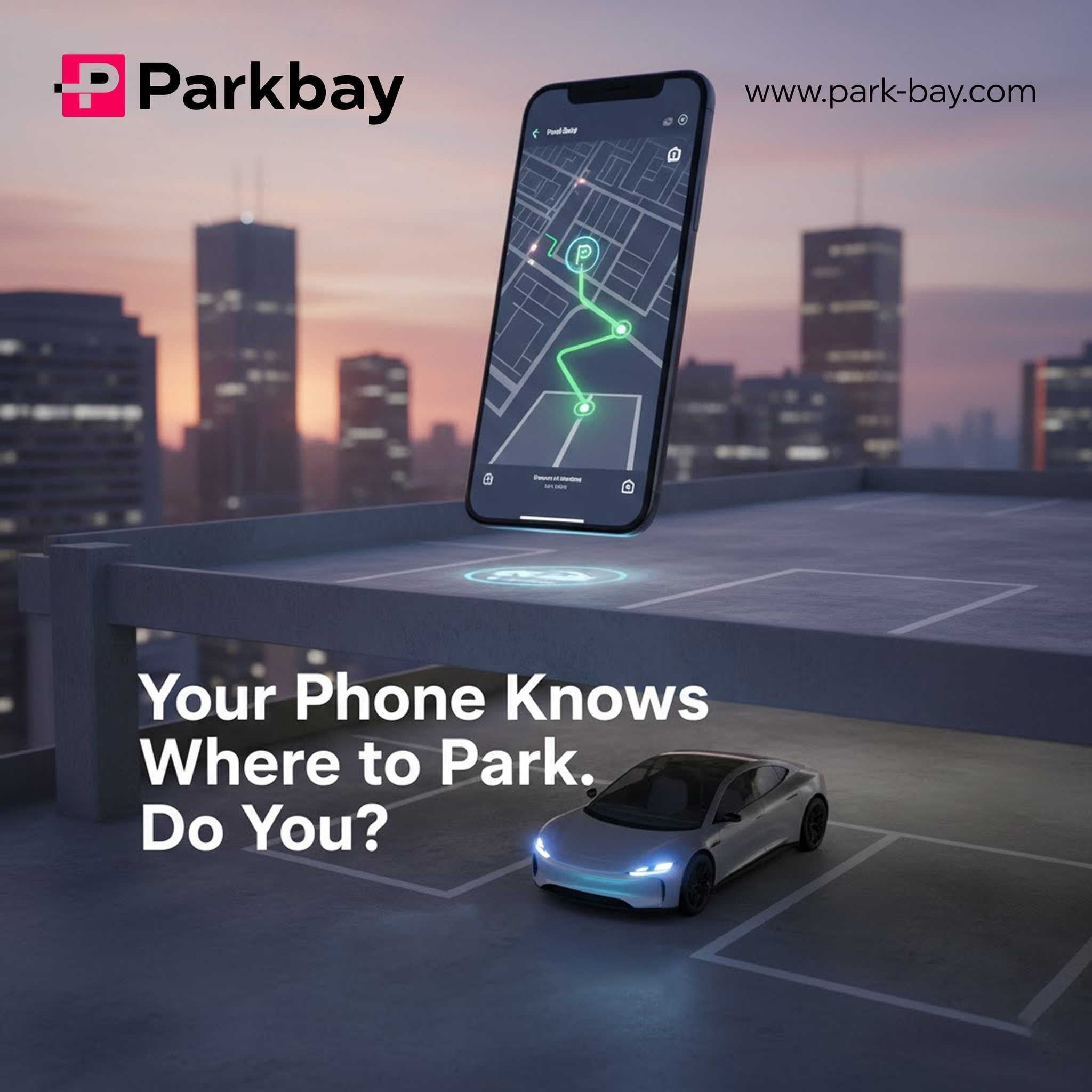
Leave a reply